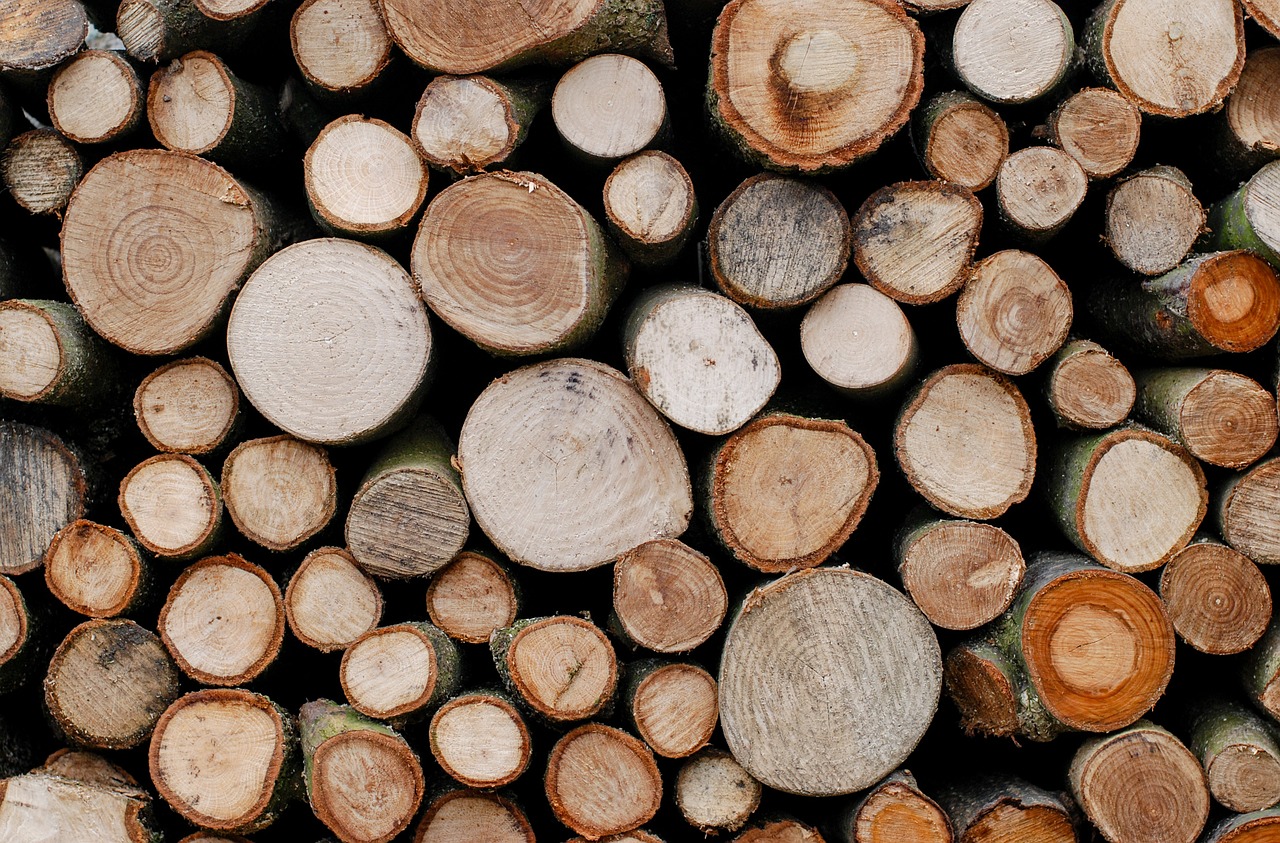Wood has many different uses, including shelter, fuel and paper to write on, as well as having a key role in maintaining a healthy planet. More recently however, the development of engineered wood for use in the construction of tall buildings has led to a new generation of ‘ply-scrapers’. So is our attitude to wood changing? This was the subject of a discussion on The Forum of the BBC’s World Service yesterday morning (19 Jan 2015). The panel consisted of architect Michael Green, timber researcher and civil engineer Dan Ridley-Ellis, geographer Reginald Cline-Cole and cellist Steven Isserlis.
As an advocate of the use of timber in building skyscrapers, Michael Green put forward his reasons why wood was a better alternative construction material than concrete or steel. According to Green, wood used to be a popular building material, before demand for concrete and steel took over, but recently our changing climate has increased our awareness of the environmental impact of buildings and wood has a significantly smaller energy and carbon footprint. It is grown by harnessing the power of the sun and stores CO2 in its cellular structure.
With regards to the vulnerability of wood to insects and moisture, Green said that wood can be engineered to be very strong and durable which can help protect it against these problems and highlighted that people are beginning to work with wood in a different way than before. Dan Ridley-Ellis gave more detail about the differences in the durability of wood, namely that it depends on the species and ecological niche it grows in, rather than whether it is a hardwood or softwood.
Green admits there is still a challenge to manage the public perception of what is possible with engineered wood from a construction point of view. He says that the fire impact of wood is manageable in much the same way as a building made from steel or concrete and that large pieces of wood burn very slowly and predictably. Ridley-Ellis pointed out that most fire doors are made from wood and that when engineered wood chars, it acts as a protective layer, which slows the spread of fire, unlike steel which warps under heat.
But what about the widespread use of trees as building materials, deforestation is already an issue, so would this not exacerbate the problem even further? According to Green, we need to learn to “grow” our buildings in much the same way that we grow our food and put more value into replanting forests. Ridley-Ellis emphasised the need for responsible forest management, encouraging people to conserve forests. He said that if forests have an economic value as well as a social and environmental value, this would encourage people to look after them.
Changing attitudes to wood are also identified in West Africa, where it has traditionally been regarded as sacred, but has now become an important source of fuel, according to Reginald Cline-Cole. This demand is rising as population increases. There is currently a significant amount of research taking place that is looking into how to make tree species more resilient to termites.
Ridley-Ellis described how trees produce chemicals that are absorbed into the heartwood, so the centre of a tree has a natural durability. His research has focussed on how we grow and use timber in the UK and Ireland and how a changing environment can affect this. Wood properties vary between forests, between trees and even within a tree. What influences the variation in wood properties, how we can influence this (e.g. where we plant forests, how we breed trees, how far apart do we plant trees, etc.) are questions that Ridley-Ellis’ research is looking to answer, so that we may be able to obtain the wood we want to use for specific applications.
The panel then discussed how the use of wood in construction in Canada and the USA was a ‘life choice’, whereas in West Africa there is often no choice, in many areas wood is the only option for fuel.
The panel agreed that while wood was clearly an important and useful material, in order to use it sustainably, it was imperative to avoid the exploitation of old growth forests and make better use of short rotation forestry. However, they recognised that this could lead to competition in using wood for different purposes such as fuel and construction and concluded that multi-purpose management practices would be needed in future.
The Forum: Wood is available on the BBC World Service
USDA announces support for sustainable wood building materials – Press release
CABI’s Forest Science and InfoTree databases contain further information on wood products and is available to subscribers. For example, there are over 200 results using the search string termite AND resistant AND trees on the Forest Science database.
Related News & Blogs
Giving fungi a place at the table
A Darwin Initiative project, which began in June 2023, is concerned with the real, big and challenging impact of fungal diversity loss on the livelihoods of millions of rural women in Sub-Saharan Africa. CABI is one of a number of partners including th…
23 April 2024





